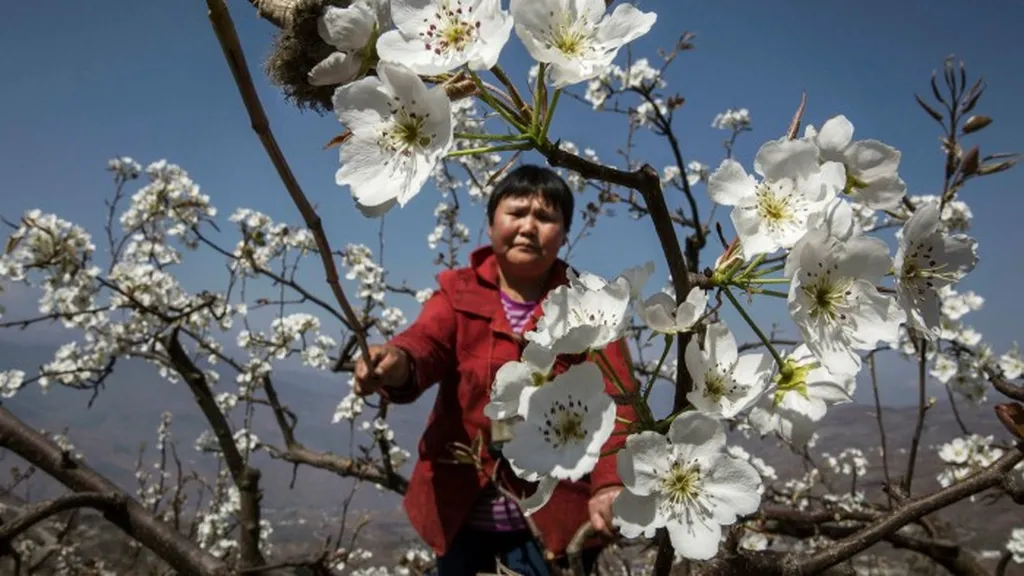In the heart of Sichuan Province, China, farmers are grappling with the realities of climate change, and their adaptive strategies could hold valuable lessons for the broader agricultural and energy sectors. A groundbreaking study led by Jia Zhong from the School of Emergency Management at Xihua University and the Institute of Mountain Hazards and Environment at the Chinese Academy of Sciences, sheds light on how farmers are responding to the increasing frequency of extreme weather events. The research, published in the journal *Agricultural Water Management* (which translates to *Water Management in Agriculture*), offers a nuanced look at the interplay between passive and active adaptation strategies and the factors driving them.
The study’s innovative approach combines structural equation modeling (SEM) and system dynamics (SD) to capture both the causal relationships and dynamic behavioral trends in farmers’ climate change adaptation strategies. This integrated method provides a more comprehensive understanding of the complex decisions farmers make in the face of climate uncertainty.
“Most farmers in our study predominantly relied on passive adaptation strategies, such as increasing irrigation, to cope with climate change,” Zhong explains. “However, we found that personal adaptive capacity, particularly technology adoption ability, farming experience, and meteorological disaster knowledge, significantly influences their choices.”
The research highlights the critical role of risk perception and social constraints in driving passive adaptation strategies. Farmers’ concerns about climate risks and social pressures from neighbors and the community heavily influence their decisions. Interestingly, the study’s simulations from 2021 to 2031 revealed that technology adoption ability was the most influential factor affecting adaptation behavior, followed by farming experience and pressure from neighbors.
One of the most compelling findings is the effectiveness of integrated policies involving individuals, communities, and the government. “Our simulations showed that adaptation strategies accelerated significantly after 2027 when integrated policies were implemented,” Zhong notes. “This suggests that a multi-stakeholder approach is crucial for enhancing farmers’ adaptive capacity and promoting a shift from passive to active adaptation strategies.”
The implications of this research extend beyond the agricultural sector. As climate change continues to impact water resources and agricultural productivity, the energy sector will also feel the ripple effects. Understanding farmers’ adaptation strategies can inform energy policies, particularly in regions where agriculture is a significant consumer of energy resources. For instance, increased irrigation— a common passive adaptation strategy—can lead to higher energy demand for pumping water. Conversely, active adaptation strategies, such as adopting drought-resistant crops or implementing precision agriculture techniques, could reduce energy consumption and enhance sustainability.
The study’s integrated SEM-SD approach offers a valuable methodology for exploring the drivers and dynamics of climate adaptation in various sectors. By enhancing individual adaptive capacity, policymakers and industry leaders can foster more resilient and sustainable practices. As Zhong puts it, “Enhancing individual adaptive capacity is key to shifting from passive to active adaptation strategies, offering theoretical and practical guidance for sustainable water use and climate-resilient agriculture.”
In an era of climate uncertainty, this research provides a roadmap for fostering resilience in agriculture and beyond. By understanding and supporting farmers’ adaptation strategies, we can pave the way for a more sustainable and secure future.

